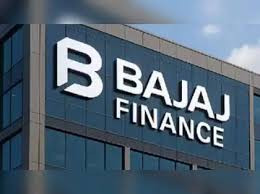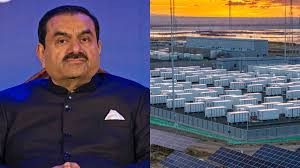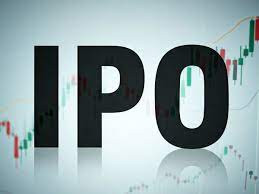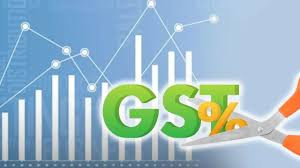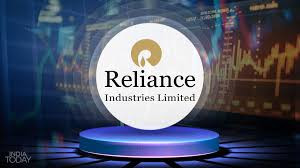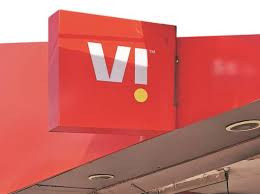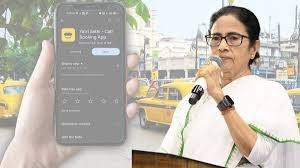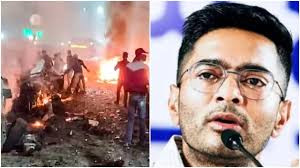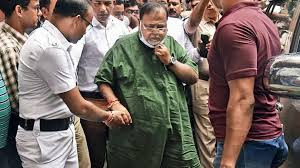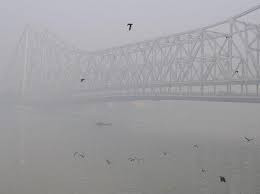“Jaishankar Acknowledges 500% U.S. Tariff Threat on Russian Oil Imports—’We’ll Cross That Bridge When We Come to It’”
IIE DIGITAL DESK : The recent briefing in Washington D.C., External Affairs Minister S. Jaishankar addressed the proposed U.S. legislation that could impose 500% tariffs on countries importing Russian oil, including India. The sweeping sanction, spearheaded by Senator Lindsey Graham and reportedly backed by President Trump, aims to pressure nations such as India and China, which account for a significant portion of Russian crude imports amid the Ukraine war .
Responding to questions about the looming tariff, Jaishankar emphasized that India has already conveyed its energy security concerns to key U.S. decision-makers, including Senator Graham. He confirmed that India’s embassy and ambassador in Washington have formally expressed the country’s position, stating that “we’ll then have to cross that bridge when we come to it, if we come to it”. His tone underscored a deliberate, case-by-case approach, avoiding rash escalation and emphasizing India's readiness to diplomatically manage potential fallout.
The legislation, reportedly co-sponsored by over 80 senators—enough to potentially override a presidential veto—would enforce punitive tariffs on imports of oil, gas, uranium, and other Russian products from countries still engaged with Moscow. While aiming to curb indirect financial support to Russia, the bill includes a carve-out for nations “supporting Ukraine's defence,” offering a potential exemption route.
Since the Russia-Ukraine conflict began in 2022, India has diversified its oil imports, with Russian crude rising from under 1% to roughly 40–44% of its total procurement .By May, India was importing approximately 1.96 million barrels per day of Russian crude—making it a major strategic partner for Moscow at a time when Western suppliers are restricted.
Jaishankar’s response signals India's firm intention to actively negotiate, not react impulsively. His approach aims to align with U.S. interests where feasible—such as recent increases in American oil imports—while safeguarding India’s sovereignty over critical energy decisions. A recent Financial Times report notes India has significantly boosted U.S. oil imports to balance its trade surplus with America and gain diplomatic leverage .
Jaishankar's statement suggests that India is closely monitoring developments but is not alarmed. The real impact will hinge on whether the bill moves forward in Congress, whether exemptions for Ukraine-aligned nations are solidified, and how India secures assurances through diplomatic channels.
Even if 500% tariffs are enacted, India is likely to rely on negotiated carve-outs or transitional arrangements. The government’s proactive diplomatic engagement gives it a degree of flexibility to defuse immediate tensions while planning longer-term energy policy responses.
India’s response to the U.S. threat reflects a cautious but resolute stance: engaging strategically, protecting its energy interests, and reserving decisive action until the legislation materializes. EAM Jaishankar’s metaphor—“we’ll cross that bridge when we come to it”—captures New Delhi’s intent: to confront potential diplomatic challenges with prudence, dialogue, and adaptable strategy.
You might also like!


